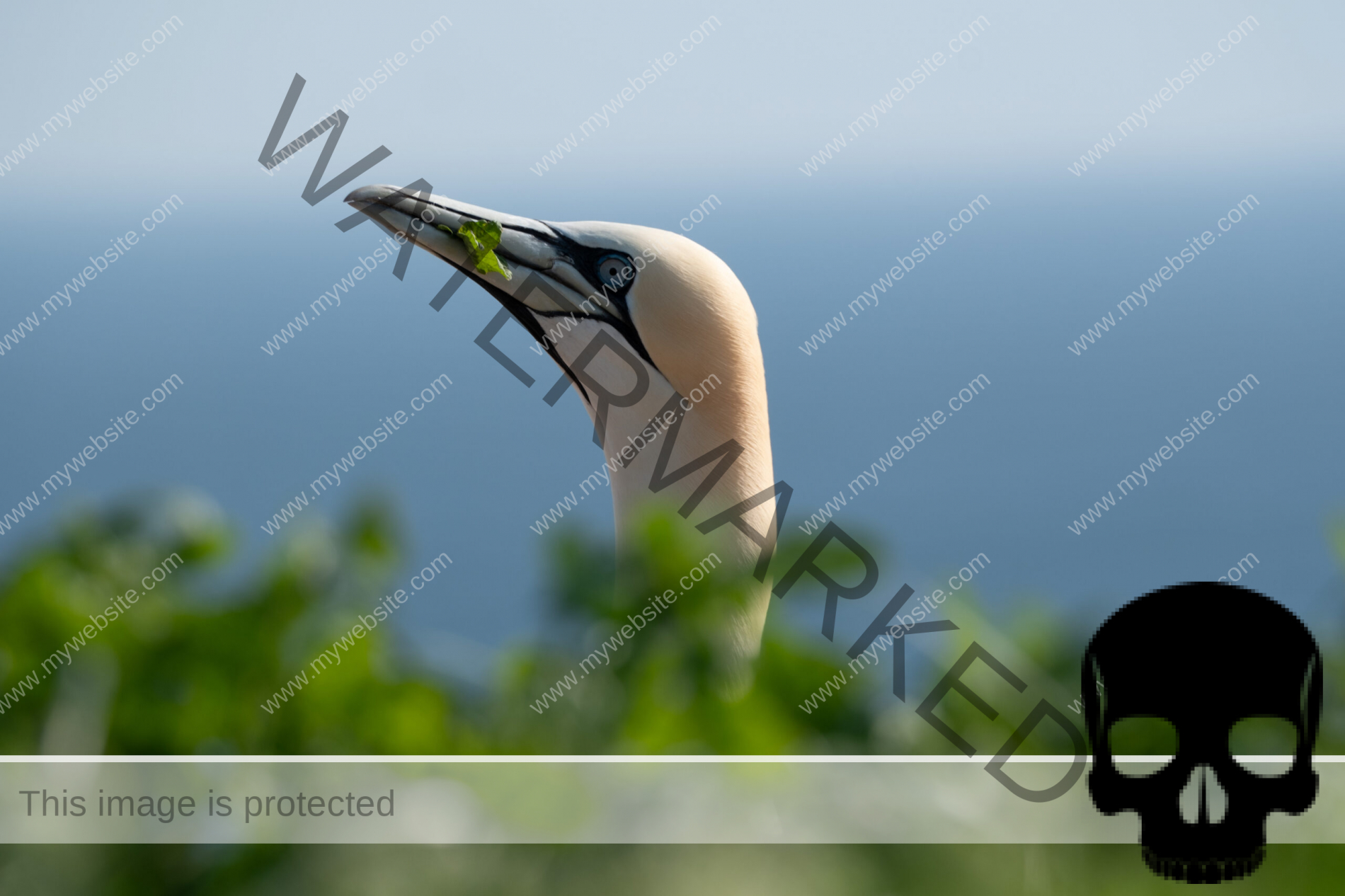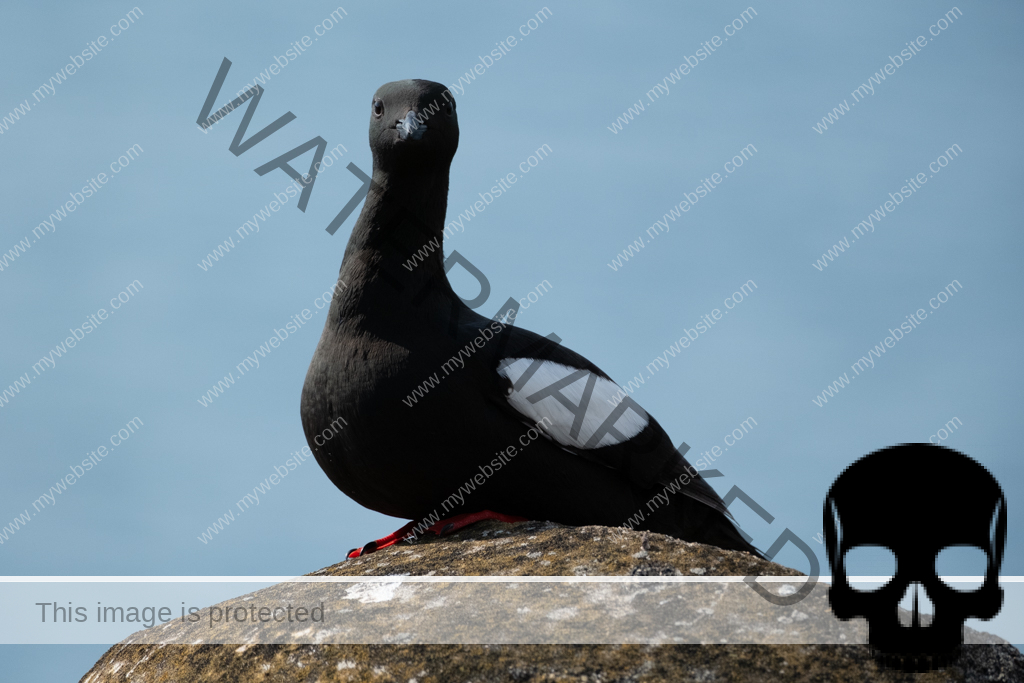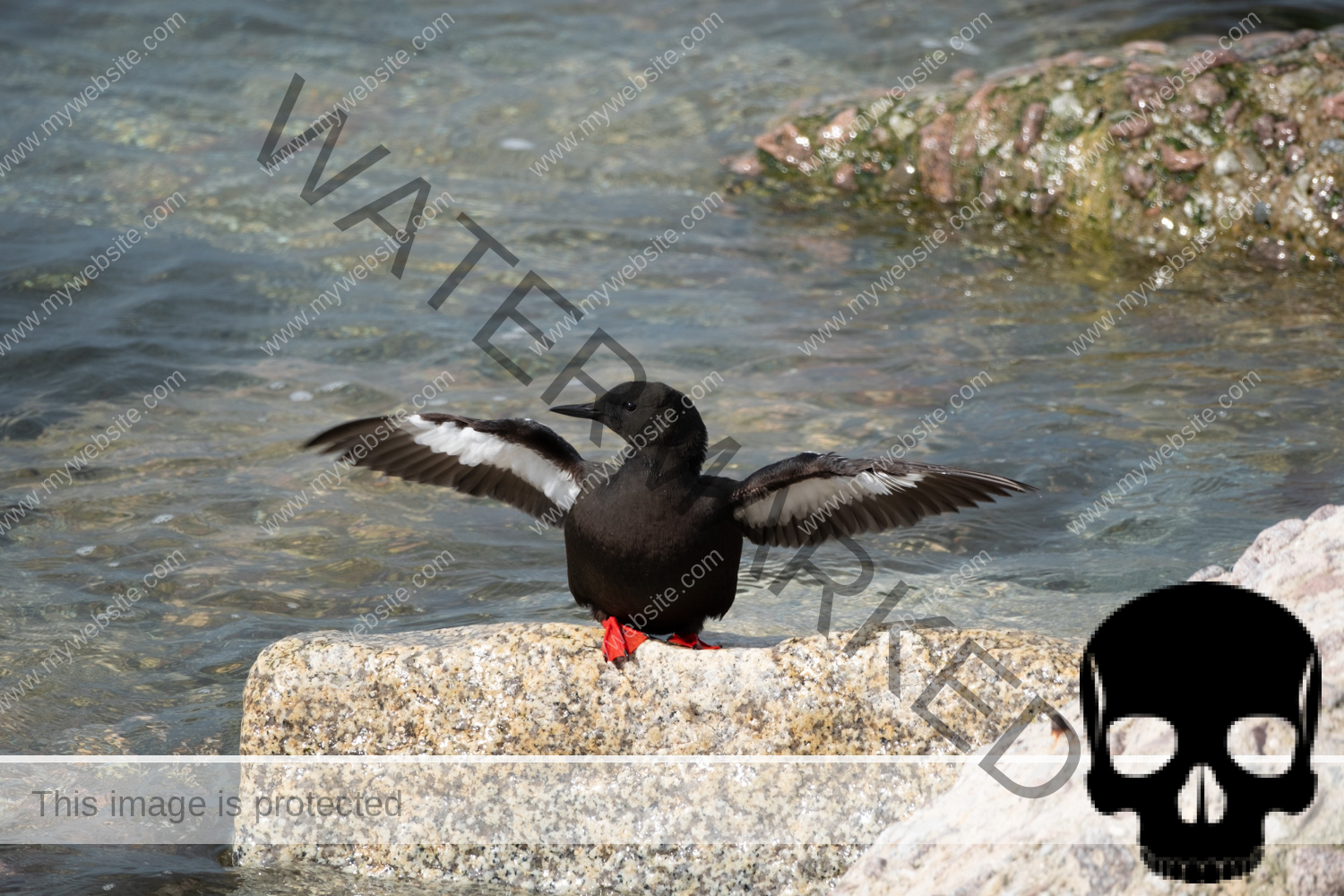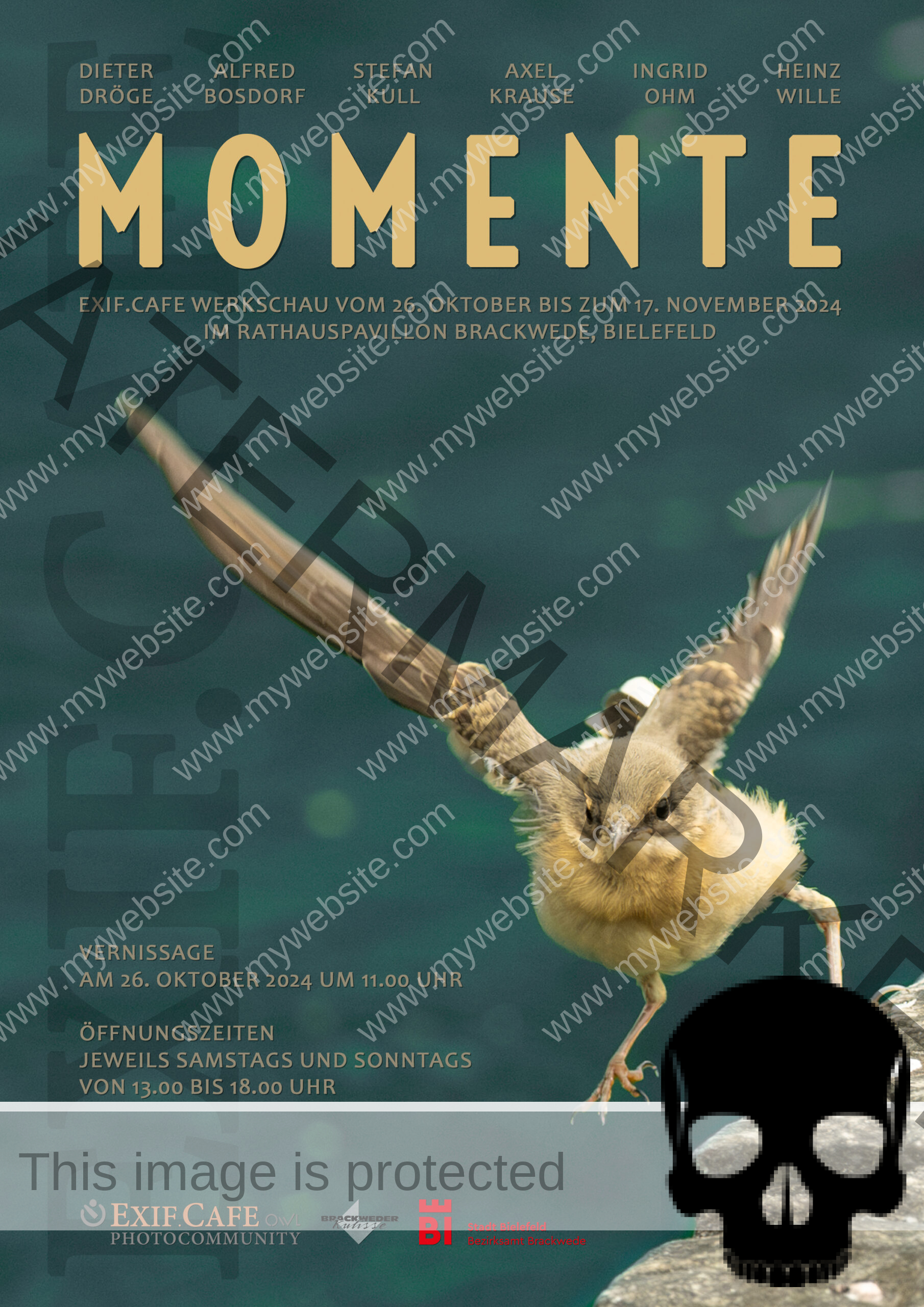Helgoland
I spent four days on Heligoland in May 2024. The island belongs to the district of Pinneberg in Lower Saxony. With 170 hectares and fewer than 300 inhabitants, the island is easy to explore on foot. It is a little paradise for birdwatchers. As there are few other distractions, you can concentrate on spotting breeding birds and migrants. Culinary-wise, I was very satisfied with fish dishes in the restaurants and fish sandwiches from the blue stalls on the harbor street. Heligoland is divided into Unterland and Oberland. Both are connected by stairs, various ascents or an elevator.
Lummenfelsen
Lange Anna
Nordstrand
Kurpark
Kringelstrand
Düne Südstrand
Düne Nordstrand
Hafenstrasse

Lummenfelsen
Lange Anna
Nordstrand
Kurpark
Kringelstrand
Düne Südstrand
Düne Nordstrand
Hafenstrasse
Lummenfels
The entire island is suitable for birdwatching. The guillemot cliff in the Oberland is worth a visit. Here you can get very close to gannets in particular. Guillemots and kittiwakes also breed on the rocks, and it’s impressive to see how they can breed on the steep cliffs without falling off. I searched the guillemot rock with binoculars and was able to spot a ringed guillemot and a few razorbills.

Kurpark
The Kurpark is located in the lowlands between the town centre and Nordstrand. There are several paths here, some of which are beautiful boardwalks. Many sightings have been reported here, but I have only seen grey flycatcher, honey buzzard, common redstart and whinchat. I heard the invisible oriole.
Kringelstrand
The Kringelstrand is quite inconspicuous. It lies behind the colourful houses of the harbour street. Here you can find some peace and quiet away from the tourists on the wall. If you take a closer look at the stones below and the beach, you can make a wide variety of sightings. Here I was able to photograph grey seals, wheatears, wagtails, sandpipers, turnstones, eider ducks with chicks , a Thunberg wagtail and a whimbrel. The highlight, however, was the black guillemot with its fire engine red legs.
Dune
The dune can be reached by a small ferry that crosses every 30 minutes. It is known for its grey seals, which you can approach up to 30 metres. I have also seen eider ducks, oystercatchers, honey buzzards and a single little ringed plover here.




















































Helgoland
I spent four days on Heligoland in May 2024. The island belongs to the district of Pinneberg in Lower Saxony. With 170 hectares and fewer than 300 inhabitants, the island is easy to explore on foot. It is a little paradise for birdwatchers. As there are few other distractions, you can concentrate on spotting breeding birds and migrants. Culinary-wise, I was very satisfied with fish dishes in the restaurants and fish sandwiches from the blue stalls on the harbor street. Heligoland is divided into Unterland and Oberland. Both are connected by stairs, various ascents or an elevator.
Lummenfelsen
Lange Anna
Nordstrand
Kurpark
Kringelstrand
Düne Südstrand
Düne Nordstrand
Hafenstrasse

Lummenfelsen
Lange Anna
Nordstrand
Kurpark
Kringelstrand
Düne Südstrand
Düne Nordstrand
Hafenstrasse
Lummenfels
The entire island is suitable for birdwatching. The guillemot cliff in the Oberland is worth a visit. Here you can get very close to gannets in particular. Guillemots and kittiwakes also breed on the rocks, and it’s impressive to see how they can breed on the steep cliffs without falling off. I searched the guillemot rock with binoculars and was able to spot a ringed guillemot and a few razorbills.

Kurpark
The Kurpark is located in the lowlands between the town centre and Nordstrand. There are several paths here, some of which are beautiful boardwalks. Many sightings have been reported here, but I have only seen grey flycatcher, honey buzzard, common redstart and whinchat. I heard the invisible oriole.
Kringelstrand
The Kringelstrand is quite inconspicuous. It lies behind the colourful houses of the harbour street. Here you can find some peace and quiet away from the tourists on the wall. If you take a closer look at the stones below and the beach, you can make a wide variety of sightings. Here I was able to photograph grey seals, wheatears, wagtails, sandpipers, turnstones, eider ducks with chicks , a Thunberg wagtail and a whimbrel. The highlight, however, was the black guillemot with its fire engine red legs.
Dune
The dune can be reached by a small ferry that crosses every 30 minutes. It is known for its grey seals, which you can approach up to 30 metres. I have also seen eider ducks, oystercatchers, honey buzzards and a single little ringed plover here.



























































